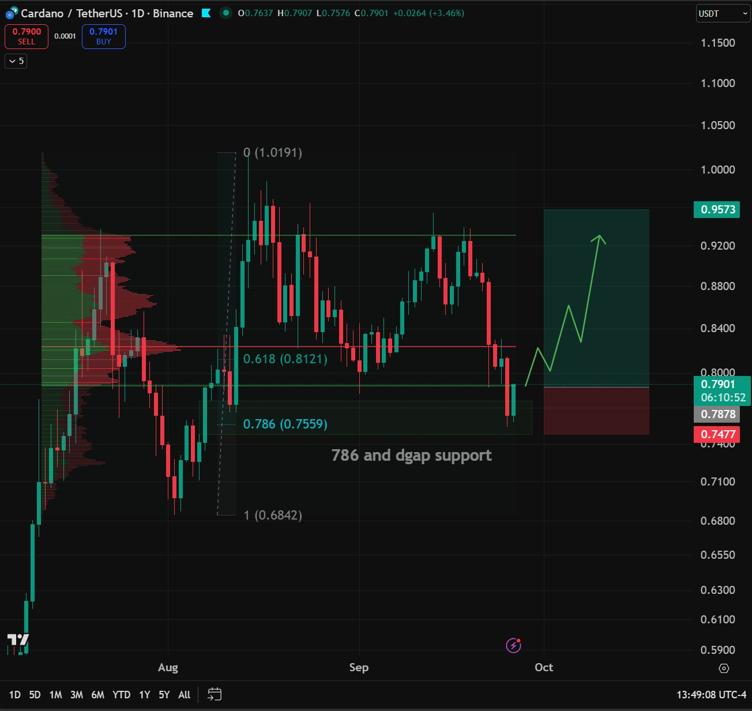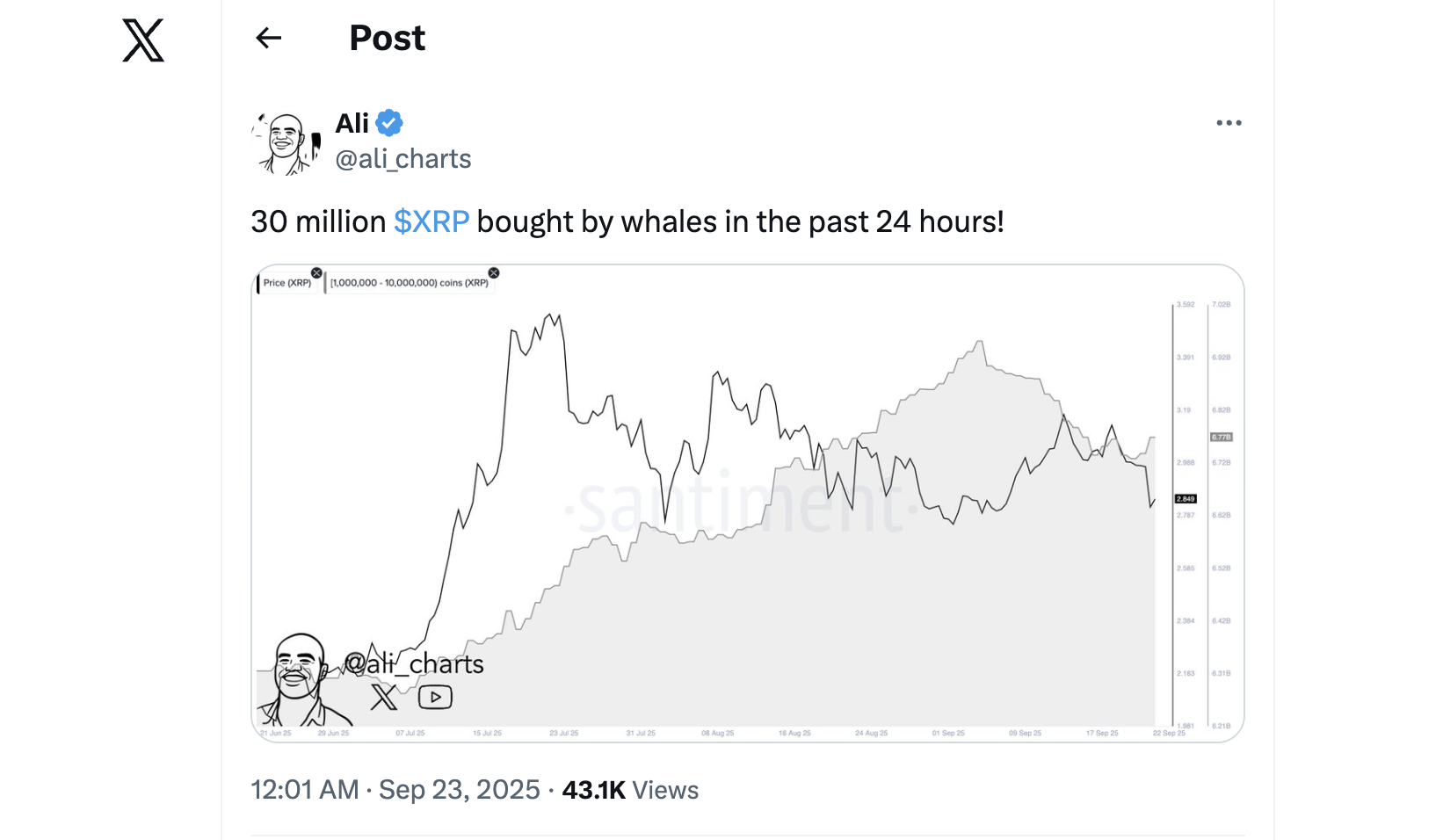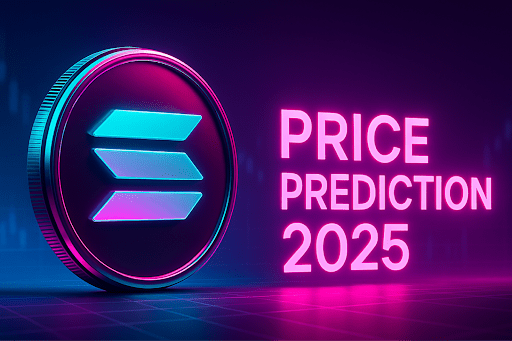Why DeFi DEXs Are Poised to Outperform CEXs
The crypto trading landscape is undergoing a seismic shift. Decentralized exchanges (DEXs) are no longer niche experiments but formidable contenders to centralized exchanges (CEXs), driven by structural advantages, regulatory tailwinds, and evolving trader behavior. In Q2 2025, DEXs surged in spot trading volume by 25% quarter-over-quarter, while CEXs saw a 28% decline, pushing the DEX-to-CEX ratio to a record 0.23 [3]. This trend, coupled with Binance founder Changpeng “CZ” Zhao’s bullish predictions and the rise of hybrid CeDeFi models, signals a paradigm shift in how value is exchanged in the digital economy.
Volume Trends: DEXs Gain Ground, CEXs Stumble
The data paints a stark picture. In Q2 2025, the top 10 DEXs recorded $877 billion in spot trading volume, compared to $3.9 trillion on CEXs [3]. PancakeSwap led the charge, with a 539% surge in volume to $392.6 billion, fueled by Binance Alpha’s integration, which routes trades through its platform [4]. This growth was not isolated to spot markets: perpetual futures on DEXs hit $898 billion, with Hyperliquid capturing 73% market share [5]. Meanwhile, dYdX, once a perp DEX leader, saw its volume plummet from $10 billion in January to $5.3 billion by Q2 [3].
The crypto market’s broader rebound—24% growth in total market cap to $3.5 trillion—did little to offset CEXs’ struggles. Centralized platforms, despite their dominance in total volume, face declining derivatives trading and regulatory scrutiny, which has pushed traders toward non-custodial alternatives [4].
CZ’s Vision: DEXs as the Future of Finance
CZ Zhao, whose Binance ecosystem is both a CEX and a DEX incubator, has been a vocal advocate for DEXs. He argues that advancements in DeFi, AI, and privacy-focused trading systems will eventually make DEXs the preferred infrastructure for global markets [1]. His rationale is rooted in structural advantages: DEXs eliminate counterparty risk, reduce reliance on KYC/AML compliance, and offer self-custody—a critical appeal in an era of regulatory uncertainty [5].
CZ also highlights the role of hybrid CeDeFi solutions in bridging the gap between CEXs and DEXs. These platforms combine the speed and liquidity of centralized systems with the transparency and composability of DeFi. For instance, Binance Smart Chain’s dual-chain architecture enables low-cost, high-speed transactions while maintaining EVM compatibility, making it a hub for institutional liquidity [1].
Hybrid CeDeFi: The Best of Both Worlds
The rise of CeDeFi is a game-changer. Platforms like ChangeX and Unizen are redefining how users interact with crypto. ChangeX integrates non-custodial wallets with traditional banking services (e.g., SEPA transfers and crypto Visa cards), while Unizen merges centralized liquidity with decentralized governance [1]. These models address key pain points: slippage, MEV (maximal extractable value) risks, and execution speed—traditionally CEX strengths—while retaining the security and composability of DeFi.
Regulated DeFi solutions are also gaining traction. KYC-gated liquidity pools and tokenized real-world assets (RWAs) allow institutions to engage with DeFi yields in a compliant manner. For example, OKX’s integration of Uniswap’s API into its wallet lets users access DeFi liquidity directly from centralized accounts [3]. Such innovations are narrowing the usability gap between CEXs and DEXs, accelerating mainstream adoption.
Market Structure Evolution: A New Era for Traders
The shift from CEXs to DEXs is not just about volume—it’s about power dynamics. Traders are increasingly prioritizing control over their assets, transparency in order execution, and resistance to censorship. DEXs, by design, align with these values. Meanwhile, CEXs are grappling with regulatory headwinds, as seen in the U.S. and EU, where compliance costs and user privacy concerns are driving migration to decentralized alternatives [4].
The DeFi market, valued at $51.22 billion in 2025, is projected to grow at 8.96% CAGR to $78.49 billion by 2030 [2]. This growth is underpinned by cross-chain interoperability, institutional-grade tools, and the tokenization of real-world assets. As DEXs scale, they’re not just competing with CEXs—they’re redefining the rules of the game.
Conclusion: Investing in the Infrastructure of Tomorrow
The data is clear: DEXs are outpacing CEXs in growth, innovation, and user trust. CZ’s vision of a DeFi-dominated future is no longer speculative—it’s being built today. For investors, the key is to identify platforms that are not only capturing DEX volume but also driving structural change in trading infrastructure.
PancakeSwap’s explosive growth, Hyperliquid’s dominance in perps, and the rise of CeDeFi hybrids like Binance Smart Chain and ChangeX are not isolated trends. They represent a fundamental reordering of the market—one where decentralization, privacy, and composability are no longer optional but essential. As the crypto market matures, those who bet on DEXs and CeDeFi will likely reap the rewards of this new era.
Source:
[1] The Rise of CeDeFi: A New Era for Secure, Mainstream DeFi Adoption [https://www.ainvest.com/news/rise-cedefi-era-secure-mainstream-defi-adoption-2508/][2] Decentralized Finance (DeFi) Market Size & Share Analysis [https://www.mordorintelligence.com/industry-reports/decentralized-finance-defi-market][3] DEX-to-CEX ratio hits new high as crypto traders flee … [https://cointelegraph.com/news/dex-volumes-hit-record-q2-2025-pancakeswap-hyperliquid-lead][4] 2025 Q2 Crypto Industry Report [https://www.coingecko.com/research/publications/2025-q2-crypto-report][5] DEXs Spot Trading Volume Surges 25% in Q2 2025 as … [https://www.ainvest.com/news/dexs-spot-trading-volume-surges-25-q2-2025-pancakeswap-leads-539-growth-2507/]
Source link
Written by : Editorial team of BIPNs
Main team of content of bipns.com. Any type of content should be approved by us.
Share this article:










